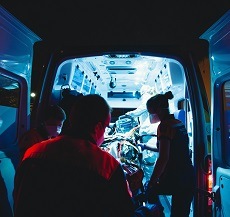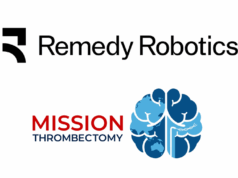 Changing standard procedures for evaluating and treating patients with suspected stroke has led to improved access to lifesaving stroke surgery across the US state of Delaware, and should inform triage and treatment nationwide, according to research released yesterday at the Society of NeuroInterventional Surgery’s (SNIS) annual meeting (22–26 July, Colorado Springs, USA).
Changing standard procedures for evaluating and treating patients with suspected stroke has led to improved access to lifesaving stroke surgery across the US state of Delaware, and should inform triage and treatment nationwide, according to research released yesterday at the Society of NeuroInterventional Surgery’s (SNIS) annual meeting (22–26 July, Colorado Springs, USA).
In an abstract titled “Direct from the field bypass to CSC [comprehensive stroke centre] improves timeliness and likelihood of thrombectomy for patients with emergent large vessel occlusion”, members of the Delaware Stroke System worked with the state’s emergency medical services (EMS) director to change the way that paramedics in Delaware evaluated individuals for suspected large vessel occlusion, increasing the number of patients who were immediately flown to CSCs for thrombectomy. These changes were implemented across the state in 2023.
During the first full year of implementation, 100 patients were flown directly to a CSC—hospitals with certified neurointerventional specialists on staff who can perform thrombectomies—bypassing the local primary stroke centre (PSC). Of those patients confirmed to have a target vessel occlusion on imaging, 79% underwent thrombectomy. In prior years, that figure was just 52% when patients arrived via interfacility transfer. These patients also received thrombectomy an estimated 2–3 hours earlier than if they had presented to the local PSC first.
As outlined in an SNIS press release, many patients live far from CSCs and, as such, are sent to PSCs—which have fewer stroke resources—first. If these patients are experiencing a severe stroke, they are often then rerouted to a CSC, and this delay in treatment can put patients at risk for long-term disability or death from stroke.
“Implementing this new evidence-based screening and routing patients straight to CSCs has saved lives,” said Thinesh Sivapatham (ChristianaCare, Newark, USA). “Every stroke patient deserves access to lifesaving treatment, no matter where they are. We’re thrilled these procedures are allowing more people in Delaware to thrive after stroke and hope further systems across the USA will follow suit.”










